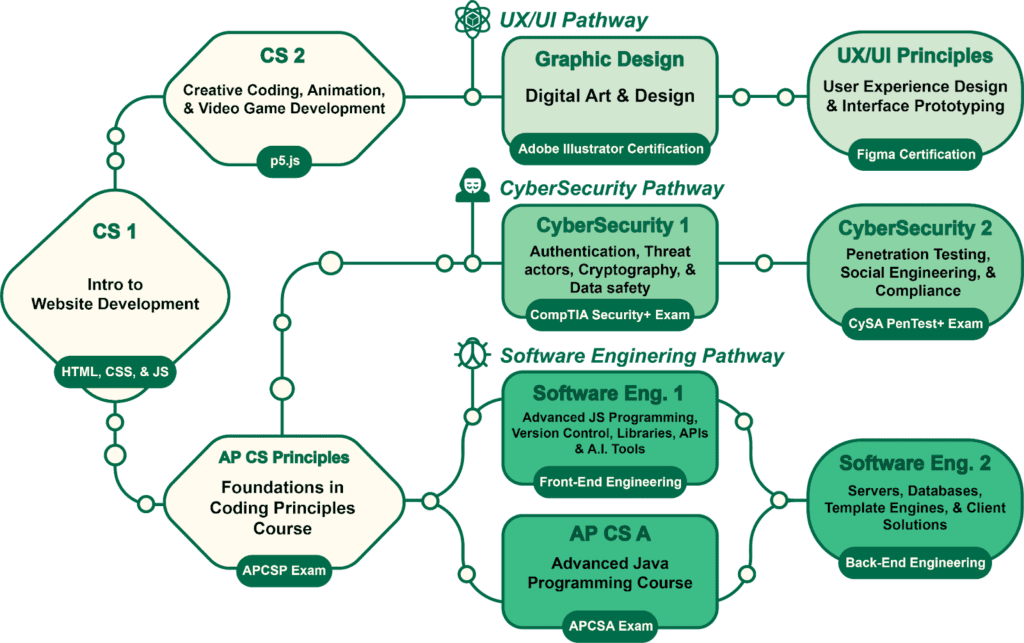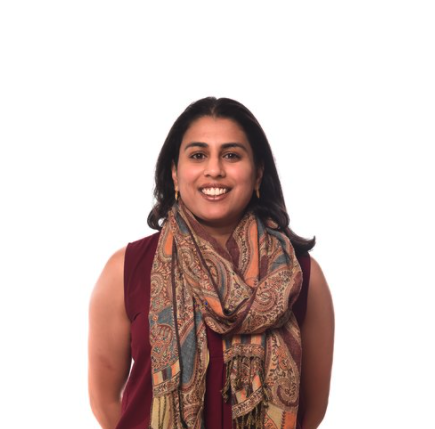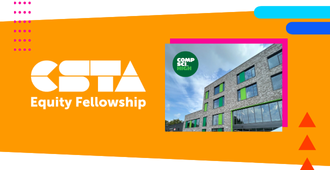By Shilpa Agrawal
When Comp Sci High was founded in 2018, it had a clear mission: to ensure that every student, regardless of background, had access to the kind of technical literacy that could open doors to economic freedom. We weren’t just teaching computer science for the sake of it—we saw it as a powerful tool for breaking cycles of poverty, giving students the skills to secure fulfilling, stable careers that could transform their futures and uplift their families and communities.
From the start, we knew that computer science needed to be a core subject, just as essential as math, science, history, and English. But what that curriculum should look like was not an obvious answer. Too often, schools take a one-size-fits-all approach to CS education, focusing narrowly on coding while overlooking the vast range of careers and interests the tech field actually encompasses. We refused to limit our students in that way. Instead, we built a program that reflects the industry itself—one that offers multiple entry points and opportunities for students to find a path that excites them.
The tech world isn’t just software engineers sitting behind screens writing code all day. Coming from the industry myself—as a former Product Manager at Google—I worked alongside cybersecurity experts, UX designers, data analysts, marketing professionals, and legal specialists. Tech is a field of builders, problem-solvers, and creatives, and our schools need to reflect that. If we want students to see themselves in computer science, we need to give them more than one way in.
That’s why we designed our four-year CS pathway to be as diverse as the students we serve. The four-year course pathway we designed is structured as follows: Students take two required years of computational thinking and coding. After that, they choose a two-year specialization in one of three tech pathways: Software Engineering, Cybersecurity, or Graphic Design.

The first two years provide a strong foundation in computational thinking and coding, starting in 9th grade with HTML and CSS and an introduction to JavaScript. In 10th grade, students continue with either AP Computer Science Principles (APCSP) or a non-AP p5.js course that allows them to explore JavaScript through a more visual, interactive approach.
Then, in 11th grade, students choose a specialized pathway—Software Engineering, Cybersecurity, or Graphic Design—aligning their education with their personal interests and potential career goals. And we don’t just stop at coursework. We’ve built in industry-recognized certification opportunities that give our students a tangible advantage. Cybersecurity students work toward the CompTIA Security+ certification, Software Engineering students build a capstone project that is meant to have an impact on their community and some also opt to take AP Computer Science A (APCSA) as well, and Graphic Design students can earn an Adobe Illustrator certification. These aren’t just theoretical skills—they are credentials that matter in the real world, proof that our students are leaving high school prepared for what’s next.
And that’s what this is really about—preparation, opportunity, and choice. What we’ve learned is that when students see a range of possibilities within computer science, they are far more likely to find something that resonates. Some fall in love with coding, some with security, and others with design, but the key is that they find their place. By aligning our curriculum with industry standards and offering multiple pathways, we’re not just teaching computer science; we’re giving students real options, real job-ready skills, and a real future in tech.
If we want more young people to see themselves in computer science, we need to meet them where they are. We need to design programs that reflect the breadth of the field and the diversity of student interests. When students can connect with what they’re learning is when they can actually see a future for themselves in tech.
About the Author

Shilpa Agrawal is a founding staff member of Comp Sci High and currently serves as the Director of Computer Science, coaching all the CS teachers in the school and overseeing the 4-year course progression, and the APCSA teacher. In her past 7 years at at Comp Sci High she has taught various classes including AP Computer Science A, Software Engineering, Intro to Physics-Engineering and AP Physics 1. Prior to joining Comp Sci High, Agrawal earned her Bachelor’s Degree in Computer Science from MIT, and worked at Google for 3 years as a Product Manager. She is passionate about teaching computer science because the subjects allow students to discover through hands-on problem solving. She aims to help build a field of computing that not only accepts people with different backgrounds, but actively encourages them to bring their full selves to the table.

